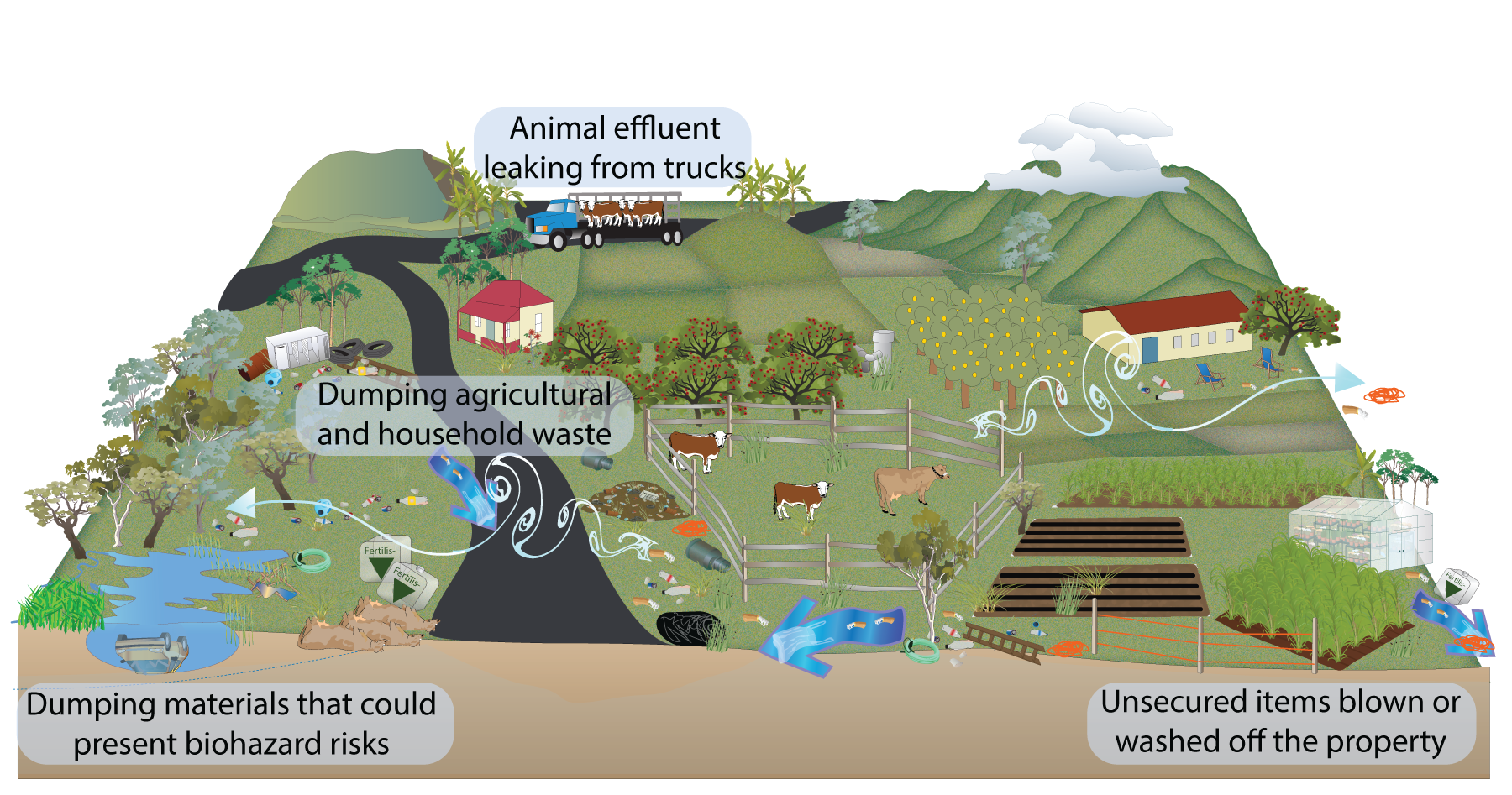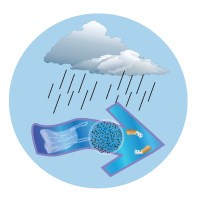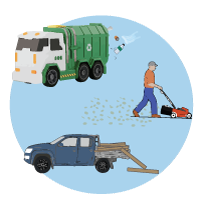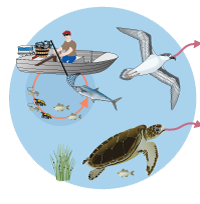|
|
Rural and agricultural areasRural and agricultural areas
Click on elements of the model or select from the tabs below There are a diverse range of land types and activities that fit into the rural and agricultural areas category[1]. These include but are not limited to horticulture, animal production, residential (urban and rural) and small-scale farms, stock routes, sale and stock yards, some abandoned lands and natural areas. Agriculture provides a vital contribution to Queensland’s economic growth and social wellbeing and is typically not viewed as a source of litter, however, agricultural products, production and processing on agricultural land can contribute litter to the environment and soils. Like all other sectors, agricultural practitioners are, in general, known to follow best practice and programs such as AgSafe are used to collect containers and used chemicals. Despite this, the following waste pollution can still occur from unscrupulous operators. Waste pollution that may result from these areas include:
The use of plastics in agricultural practices can greatly enhance production systems and result in improved environmental outcomes. For example, the use of drip tape irrigation is highly water efficient and can help reduce the movement of nutrients and pesticides off paddocks and into waterways. Other plastic products used in agriculture include soil fumigation film, irrigation tubing, nursery pots and silage bags, plant/soil coverings, row coverings, and high and low tunnels. Although these products are often encouraged in best practice management systems, research has shown that when exposed to ultraviolet (UV) rays, many of these plastics break up and can leach into the soil or be carried away by wind or water. The challenges of managing agricultural plastics and the importance of effective management of these products is recognised in the Plastic Pollution reduction plan. A study revealed that virtually all agricultural soils, (including arable lands, paddy lands, uplands, irrigation, and greenhouse soils), receive various sources of plastic contaminants. Microplastics and plastics can affect food in agricultural production. Studies have reported that high concentrations of microplastic contaminants in soils can affect soil quality and fertility by altering soil structure, bulk density, and water-holding capacity. This may suggest that microplastics have potential to impact agricultural production[2]. The following breakdown shows the different sources of microplastics in agricultural soils:
Some agricultural wastes, such as manure, harvest wastes, fertilizer, salt, and silt run-off, are not covered by the LIDMF. Waste in the rural and agricultural sector moves through the environment via four pathways: References
Last updated: 22 April 2025 This page should be cited as: Department of Environment, Science and Innovation, Queensland (2025) Rural and agricultural areas, WetlandInfo website, accessed 8 May 2025. Available at: https://wetlandinfo.des.qld.gov.au/wetlands/management/pressures/litter-illegal-dumping/sources/agriculture/ |

 — Department of the Environment, Tourism, Science and Innovation
— Department of the Environment, Tourism, Science and Innovation





